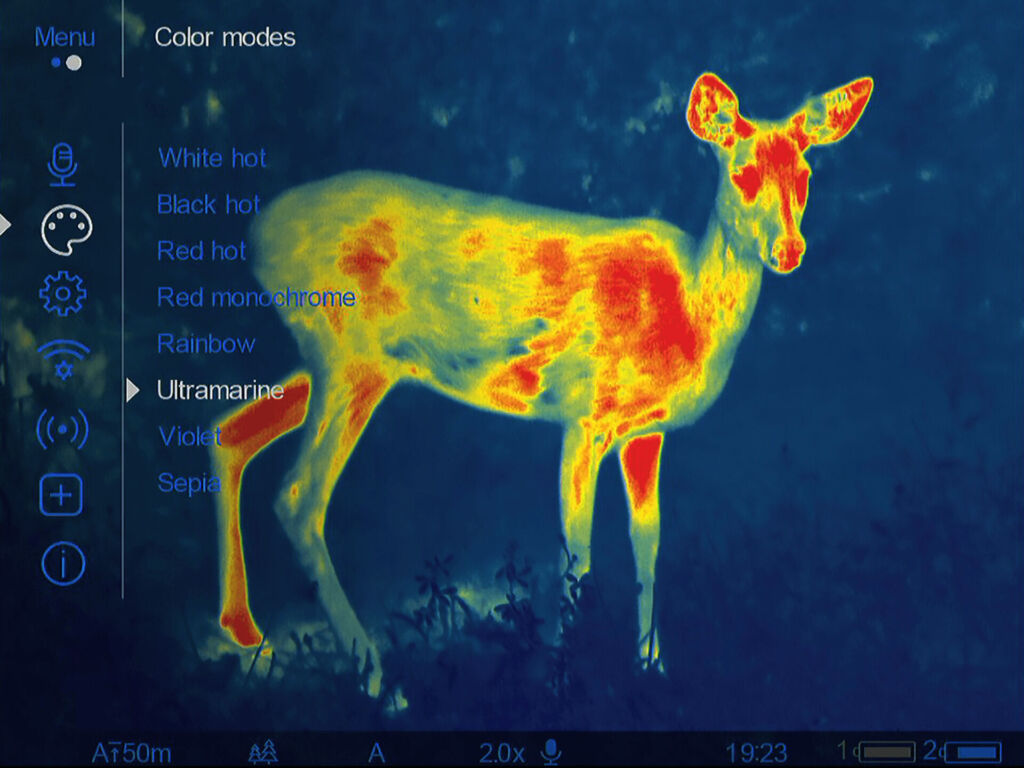Thermal vision is the ability to see heat. It is a type of infrared vision.
Humans can not see thermal radiation, but we can feel it as heat. Some animals have specialised cells in their eyes that can detect this radiation and so they can see in the dark and even in water. These are called pit organs and are found in snakes and some fish.
Pit vipers, pythons and boas have pit organs on their heads that detect infrared radiation from warm-blooded prey. The snake’s brain uses this information to work out the position of the animal, even if it is hidden behind leaves or branches. This allows the snake to strike at its prey with great accuracy, even in complete darkness.
There are also several types of fish that have pit organs. These include: catfish, eels, sharks and rays. The pits help these predators to find hidden prey and to navigate through murky waters where visibility is poor.
Some insects also have thermal vision. For example, many species of moths use heat sensors on their antennae to locate sources of light such as candles or street lamps – this helps them to find mates or avoid being eaten by predators!
There are also a few other creatures that can sense thermal radiation, including some lizards (geckos), bats and mole rats


